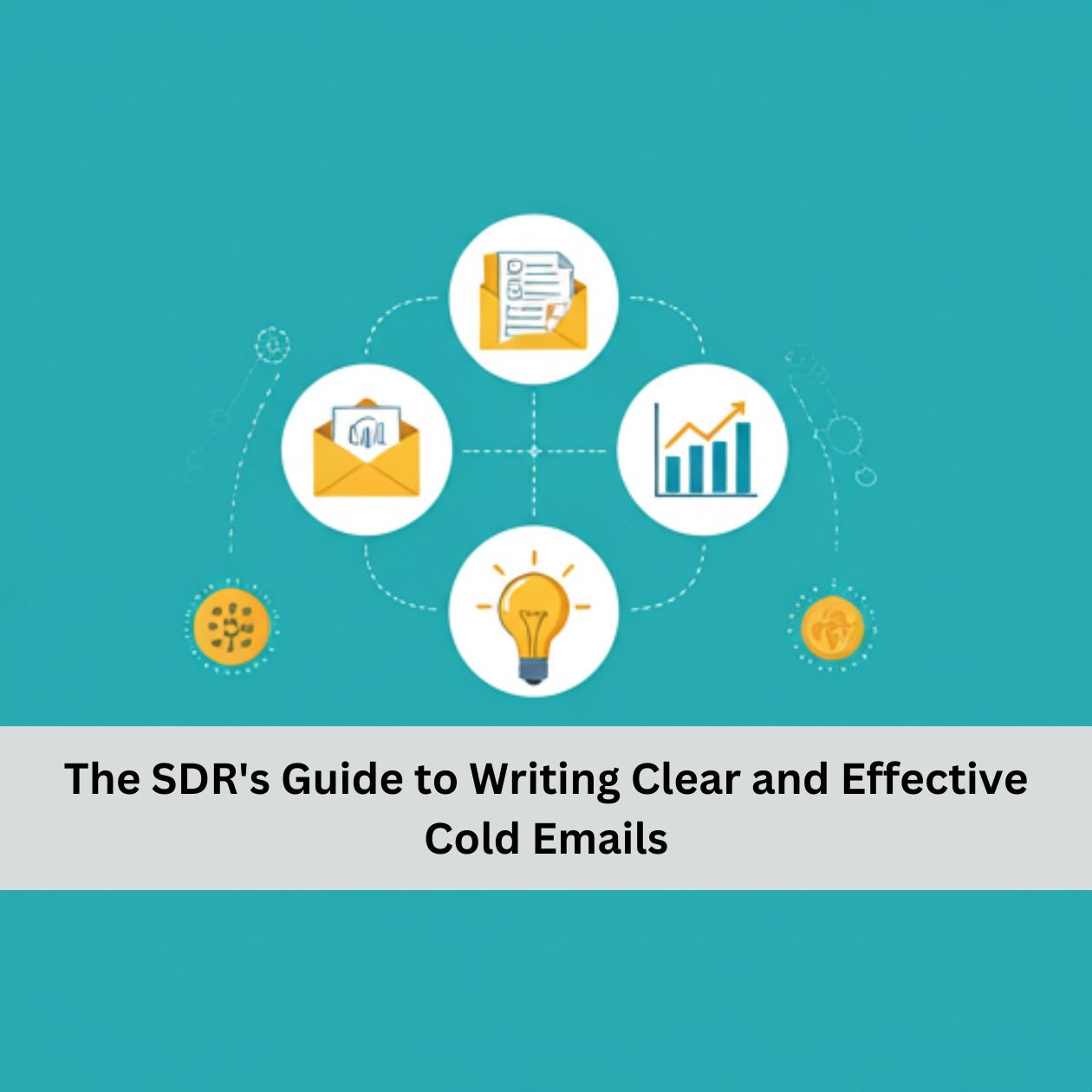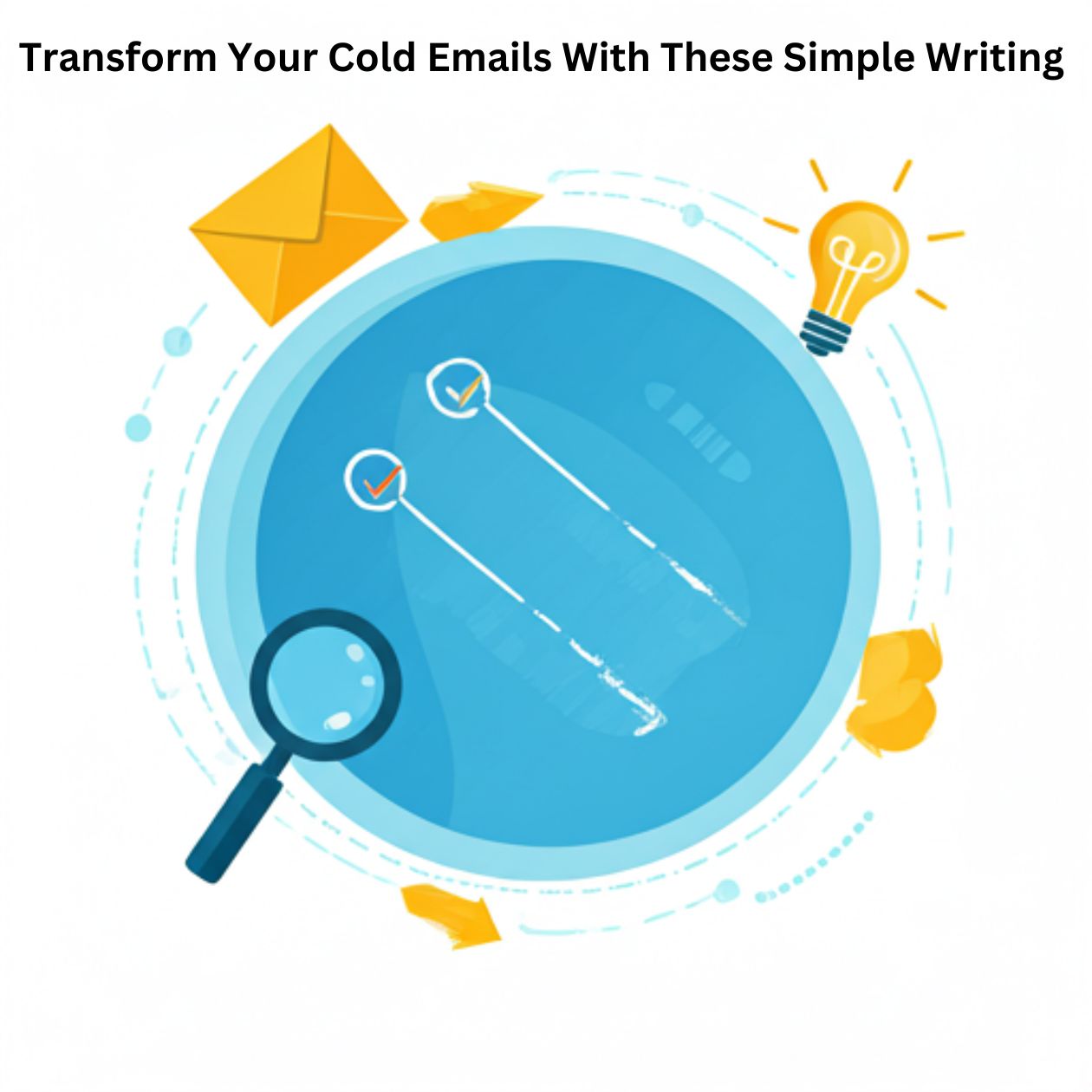Cold emails are one of the most effective ways for Sales Development Representatives (SDRs) to connect with potential prospects. The goal? To get your email read and inspire the prospect to take action. But how do you craft an email that stands out in a crowded inbox? The answer lies in three simple steps:
The Opening Line
Propose the Value
End with a Call-to-Action
While these steps may sound basic, they are incredibly powerful when executed well. Let’s break them down in detail.
Step 1: The Opening Line
The first impression you make in your cold email matters the most. A generic, impersonal opener will get you nowhere. To increase your chances of a response, you need to personalize your opening line and make it clear that you’ve done your research on the prospect.
Here are some strategies for crafting an engaging opening line:
Knowledge About Their Website/Product: Tailor the message to a specific feature or offering on their site that caught your attention.
Recent News: Referencing a recent achievement or event related to their company shows that you’re paying attention.
Find Common Interests: If you share a mutual hobby or interest, such as a sport or industry topic, use that to make a personal connection right off the bat.
Example opener:
“I noticed your team was recently ranked as one of the top 50 Australian Female Entrepreneurs—what an impressive achievement!”
Step 2: Propose the Value
Once you’ve grabbed their attention with a personalized opener, it’s time to pitch the value you bring to the table. The key here is to focus on what's in it for them, rather than focusing solely on what you offer.
Instead of discussing your product’s features, talk about how it will improve their current situation. Here’s what to address:
Why are you reaching out?
What problems are they currently facing that you can help solve?
How can your solution improve their process, save them time, or boost productivity?
Mention any success stories or case studies to validate your approach.
Example pitch:
“I noticed that your lead generation process could be optimized to reduce manual effort. Many companies we work with have seen a 30% increase in lead conversion by implementing {your product/solution}.”
Step 3: End with a Call-to-Action
The closing of your cold email should make it crystal clear what you want the recipient to do next. Keep it simple, actionable, and respectful of their time.
Your call-to-action (CTA) should focus on one action, such as scheduling a meeting or replying to your email. Avoid asking for too much in the first email; simply aim for engagement.
Example CTA:
“I’d love to schedule a quick 10-minute call to discuss how we can improve your process. Would Friday at 2:00 PM work for you?”
Or,
“If you’re open to learning more, feel free to reply with a time that works best for you.”
Conclusion
Crafting cold emails that get results is about personalization, value, and clear direction. By following these three simple steps—starting with a personalized opener, proposing a compelling value, and ending with a clear call-to-action—you can increase your chances of getting responses from prospects.
As you become more experienced with email outreach, leveraging templates and email automation tools can help streamline your process. However, always remember to maintain a human touch to create lasting connections.
Need Help Crafting Effective Cold Emails?
If you’re looking for guidance and resources to enhance your SDR efforts, consider checking out SchoolOfSDR. We offer comprehensive training and email templates that can help you fine-tune your approach and hit your targets faster.
FAQs
1. What is the goal of a cold email?
The goal of a cold email is to get it read and encourage the prospect to take action, such as scheduling a meeting.2. How should I start my cold email?
Start with a personalized opener, mentioning something specific about the prospect’s company, recent news, or shared interests.3. What should I propose in the body of the email?
Propose the value by addressing the prospect’s pain points and showing how your solution can help them.4. How should I close a cold email?
End with a clear, actionable call-to-action, such as scheduling a meeting or requesting a reply.5. How important is personalization in cold emails?
Personalization is crucial; generic emails have a low response rate, while personalized ones stand out and increase engagement.6. Should I include a lot of details in the email?
Keep the email concise and focused on the prospect's needs, without overwhelming them with too much information.7. How many emails should I send to a prospect?
You can follow up multiple times, but each email should be spaced out and offer new value, without being too repetitive.8. How can I increase my response rate?
By keeping your emails short, personal, and clear, and ensuring your CTA is easy to act on.9. Can I use templates for cold emails?
Yes, email templates can save time, but make sure to personalize them for each prospect to increase effectiveness.10. What tools can help streamline cold email outreach?
Email marketing software and automation tools can help you manage and personalize outreach at scale.
stay in the loop



